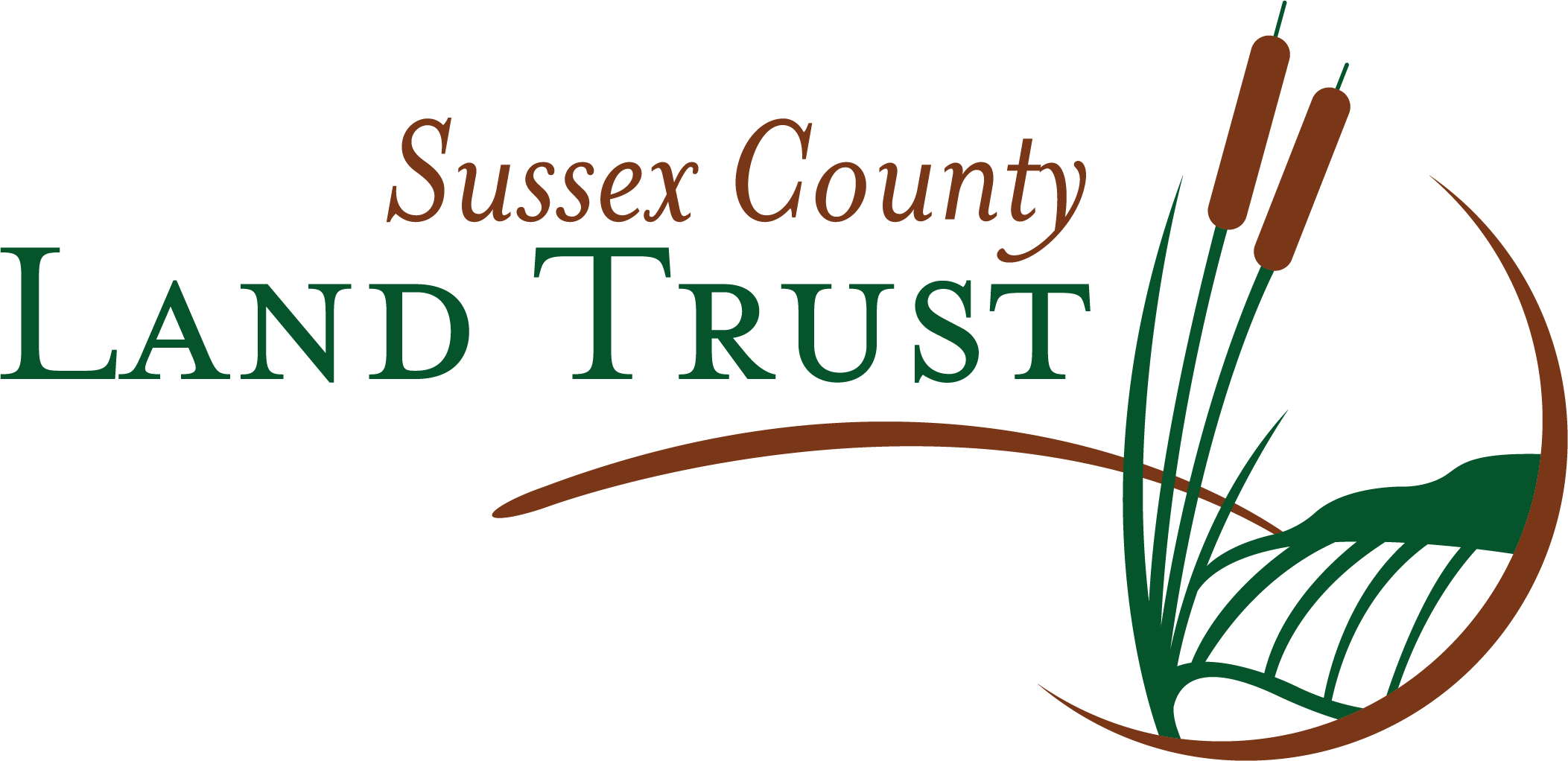What is a Conservation Easement?
A conservation easement is a voluntary agreement that allows a landowner to limit the type or amount of development on their property while retaining private ownership of the land. The easement is signed by the landowner, who is the easement donor, and the Sussex County Land Trust who is the party receiving the easement. SCLT accepts the easement with understanding that it must enforce the terms of the easement in perpetuity. After the easement is signed, it is recorded with the County Recorder of Deeds and applies to all future owners of the land.
- Why do people grant conservation easements?
People grant conservation easements because they want to protect their property from unwanted development, but they also wish to retain ownership of their land. By granting a conservation easement, a landowner can assure that the property will be protected forever regardless of who owns the land in the future. An additional benefit of granting a conservation easement is that the donation of an easement may provide significant financial advantage to the donor.
- What kind of financial advantages result from donating a conservation easement?
Many landowners receive a federal income tax deduction for the gift of a conservation easement. The Internal Revenue Service allows a deduction if the easement is perpetual and donated "exclusively for conservation purposes." The amount of the tax deduction is determined by the value of the conservation easement. In addition, the donor may have estate and property tax relief.
- What activities are allowed on land protected by an easement?
The activities allowed by a conservation easement depend on the landowner's wishes and the characteristics of the property. In some instances, no further development is allowed on the land. In other circumstances, some additional development is allowed, but the amount and type of development is less than would otherwise be allowed. Conservation easements may be designed to cover all or only a portion of a property. Every easement is unique and tailored to a particular landowner's goals for their land.
- Can the landowner still sell or give the property away?
The landowner continues to own the property after executing an easement. Therefore, the owner can sell, give away or lease the property as before. However, all future owners assume ownership of the property subject to the conditions of the easement.
- Does the public have a right of access to easement-protected property?
The public does not have access to property protected by an easement unless the original landowner who grants the easement specifically allows it.
- How long does an easement last and who upholds it in the future?
To be eligible for a federal income tax deduction the easement must be "perpetual," that is, it must last forever. SCLT staff monitors the property, generally once a year, to assure that the easement is not being violated. If the easement has been breached, SCLT will take whatever steps are necessary to uphold the terms of the easement, including taking legal action.
- Who owns the conservation easement?
To qualify for a tax deduction the easement must be donated to SCLT or a qualifying conservation or historic preservation organization. SCLT qualifies as a federally recognized non-profit organization.
- Who owns and manages easement protected land?
The landowner retains full rights to control and manage their property within the limits of the easement. The landowner continues to bear all costs and liabilities related to ownership and maintenance of the property. SCLT monitors the property to ensure compliance with the easement's terms, but it has no other management responsibilities and exercises no direct control over other activities on the land.
- Does the easement have to cover all of the landowner's property?
No, some easements only cover a portion of the landowner's property. Again, it depends on the landowner's wishes. For example, if someone owns 80 acres, of which 35 acres are wetlands, the landowner may decide to restrict development only on these 35 acres. The remaining 45 acres would not be covered or affected by the easement.
- What kind of land can be protected by conservation easements?
IRS regulations require that the property have "significant" conservation values. This includes forests, wetlands, endangered species habitat, beaches, scenic areas and more.
